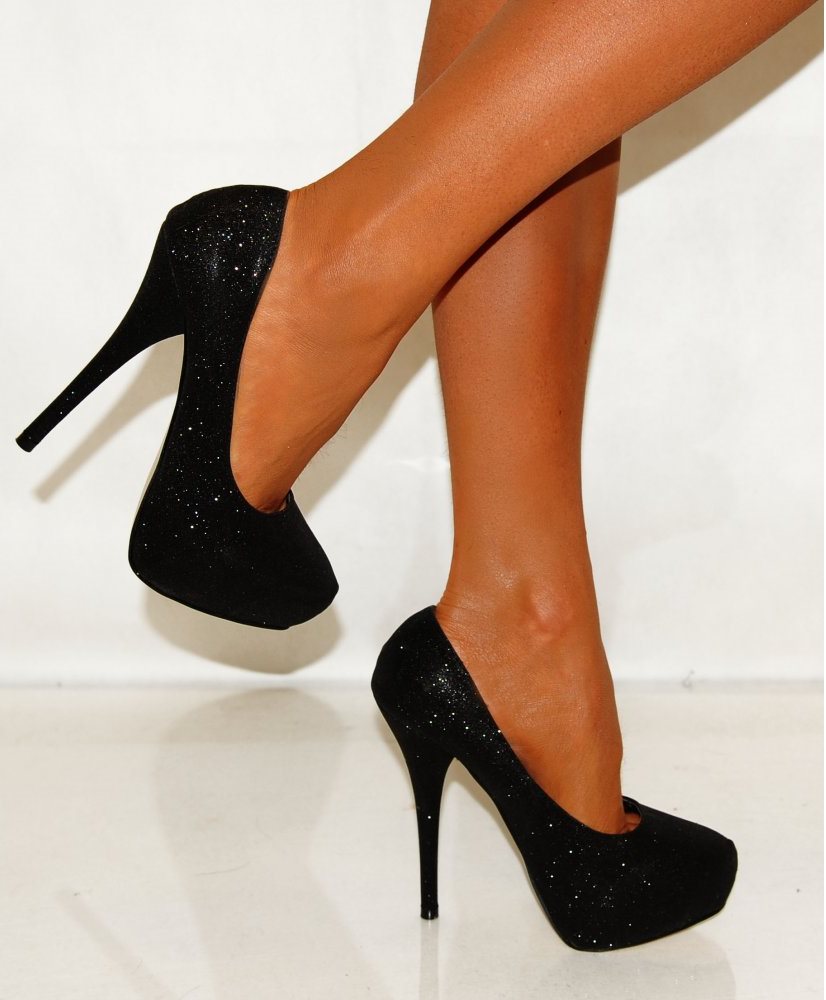
A new study shows the negative effects of prolonged high heel use, however, there are ways to minimise the risk of injury.
The risk of wearing high heels
A new study published in the International Journal of Clinical Practice (IJCP) found that wearing high heels can strengthen the ankle initially, but leads to weakening and instability over time.
This is not surprising, says Tricia Turner, associate professor of kinesiology and athletic training coordinator in the College of Health and Human Services at UNC Charlotte.
“Initially when wearing heels the muscles that surround the ankles have to continuously contract to keep you upright and walking. Over time you need less muscle contraction as the lower leg muscles adapt to the change in footwear. Once that occurs, less muscle contraction occurs,” says Turner.
High heels at work
Turner says that high heels cause problems because they force the foot into an unstable position. Prolonged use of high heels can lead to the following problems:
- Muscle shortening in the back of the leg and muscle lengthening in the front of the leg
- Change in normal walking, resulting in a less fluent gait cycle
- Ligament and nerve damage in the ankle causes the muscles higher in the leg and back to lose efficiency and strength
- High heels change the load the bones in and around the knee have to absorb, which can ultimately lead to injury
The high heel workout
Thankfully Turner says that there are ways to minimise the risk of injury, and recommends a combination of the following exercises:
- Stretching – To stretch lower leg muscles, use a towel around your foot to pull it towards you for 30 seconds.
- Strengthening – Use a theraband to strengthen the big muscles of the lower leg and ankle. Use the theraband to resist the ankle as it pushes up, out and in.
- Standing toe raises – To work the smaller muscles of the leg, put small objects on the floor and pick them up using your toes.
- Balance – Stand on one limb at a time, holding the position for 30 seconds. This may be made more difficult by closing your eyes or standing on an unstable surface.
